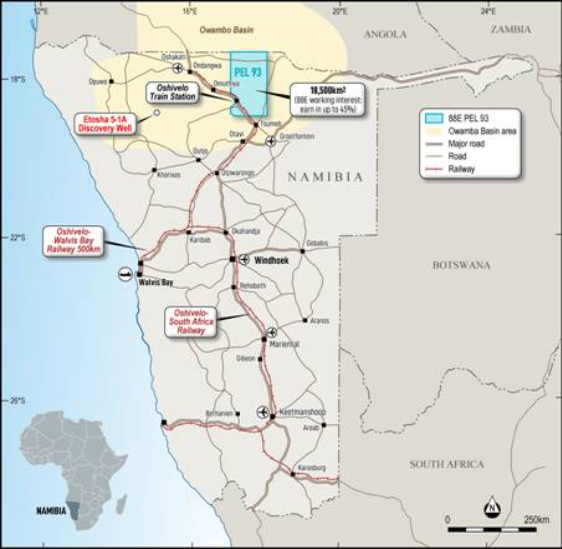Exploring the Natural Beauty and Culture of Namibia

Introduction to Namibia
Namibia, located in southwestern Africa, is a nation renowned for its breathtaking landscapes, diverse wildlife, and unique cultural heritage. As one of the least densely populated countries in the world, it offers vast open spaces and untouched wilderness, making it a haven for nature lovers and adventure seekers. The significance of Namibia lies not only in its stunning scenery, which includes the Namib Desert and Etosha National Park, but also in its commitment to conservation and sustainable tourism, which has garnered global attention.
Key Attractions and Events
Among Namibia’s most iconic locations is the Namib Desert, home to the towering red dunes of Sossusvlei, where visitors can hike or take hot air balloon rides to admire the sunrise. The desert’s surreal landscape has made it a popular destination for photographers and adventurers alike.
Additionally, Etosha National Park, one of Africa’s largest game reserves, offers a unique opportunity to see a plethora of wildlife, including elephants, lions, and rhinos. The wet season, which runs from January to March, attracts a multitude of migratory birds and transforms the park into a vibrant habitat.
Cultural experiences are also abundant in Namibia. The Himba people, known for their distinctive red ochre skin and traditional customs, provide visitors with the chance to learn about indigenous cultures and ways of life that have remained largely unchanged for centuries. Various festivals, such as the Namibia Film Commission’s annual film festival, showcase the country’s growing arts scene and the storytelling traditions that resonate through its cultures.
Conservation Efforts and Sustainable Tourism
Namibia has garnered international reputation for its efforts in wildlife conservation and management. The country is one of the pioneers in community-based conservation, allowing local communities to benefit economically from the protection of their natural resources while ensuring the preservation of biodiversity. This model not only protects wildlife but also empowers local people, making conservation efforts sustainable in the long run.
Conclusion
As Namibia continues to develop its tourism industry while prioritising conservation, the country serves as a model for balancing ecological preservation with economic development. The remarkable landscapes, incredible wildlife, and rich cultures make Namibia an essential destination for anyone looking to experience the beauty of Africa. With ongoing efforts to improve infrastructure and promote sustainable travel, the future looks bright for this stunning nation, and it is poised to draw even more visitors in the years to come.









